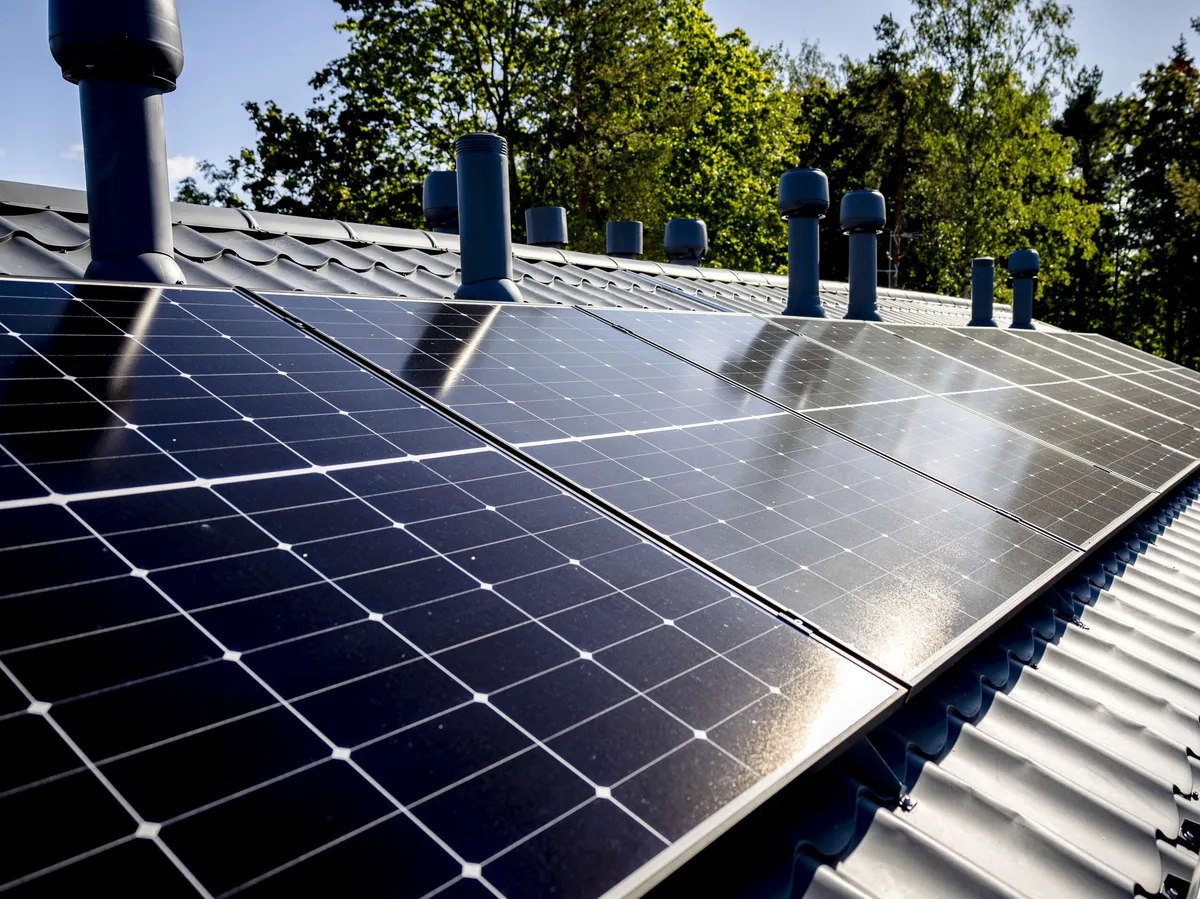The Bhadla Solar Park, located in the Thar Desert of Rajasthan, India, is a testament to the country’s commitment to generating 450 gigawatts of renewable energy annually by 2030. Covering an area equivalent to over a thousand football stadiums or around 56 square kilometers, the park houses an estimated ten million solar panels. This shift from coal to solar power is an important step towards a more environmentally friendly future.
However, as the use of solar panels continues to rise globally, the issue of solar waste disposal is becoming a growing concern. With an estimated 2.5 billion panels in use and projected to reach 78 million tons by 2050, the environmental impact of disposing of these panels is significant. Many countries lack comprehensive policies for managing solar waste, leading to issues with recycling and disposal. The metals and materials used in solar panel technology, such as silver, tellurium, indium, and zinc, are difficult to recycle due to their low content in the panels. This could potentially lead to resource shortages if proper recycling mechanisms are not put in place.
In Finland, where the use of solar power is expected to increase significantly in the coming years, there is an urgent need for a large-scale recycling plant for solar panels. Implementing measures such as deposit systems, where recycling old panels is incentivized with monetary rewards, could help alleviate the environmental impact of solar waste. Ultimately, finding sustainable solutions for managing solar waste will be crucial in ensuring the long-term viability of renewable energy sources and reducing our reliance on fossil fuels.
The Bhadla Solar Park serves as a symbol of India’s efforts towards generating clean energy and reducing its carbon footprint. However, it also highlights the need for efficient recycling systems and practices to address the growing issue of solar waste. As we continue to transition towards renewable energy sources


